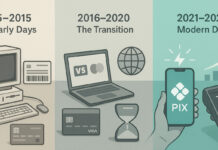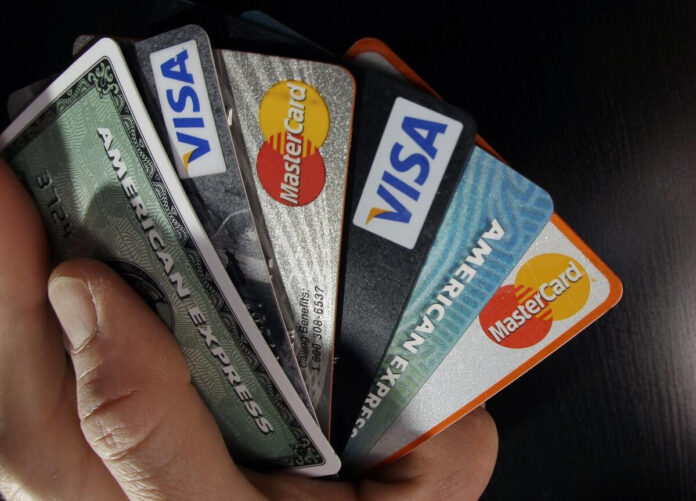Welcome 2025, It’s been a while since my last post, but here is my first of the year! Warning: I wrote about the same topic in Portuguese last year, but the conversation resurfaced with another friend. So here I am!
An endless debate for anyone working with the payment industry in Brazil is whether Pix will eventually replace credit cards. Even though Pix has grown quickly and won over Brazilians, it’s still far from being a complete alternative.
The other day, in a conversation with a friend who also works in the payments industry, we came to the same conclusion: even with Pix surpassing credit cards in transaction numbers, it won’t become as universal as those trusty little plastic cards. The reason? Benefits.
Personally, I prefer using a credit card. Beyond earning points, it offers advantages that Pix doesn’t, like access to airport lounges and exclusive programs like Lounge Key and Priority Pass.
Here’s an example. My washing machine broke out of nowhere, without any warning. Thanks to the points I’d accumulated on my credit card, I managed to get a new washer-dryer combo through Itau Shop. No stress, no impact on my budget.
However, when I shop at small businesses, I make a point of using Pix or debit cards. I know that credit card processing fees, combined with early payment costs, can really cut into a small merchant’s bottom line.
That said, it’s worth noting that banks have already shown they can join forces when they want to, like when they sped up the clearing process for boletos to D+0.
It used to take up to 4 business days!
If they put in the same effort to develop a solution to compete with credit cards, the market could see some major disruption.
The reason: issuing banks decide how much and how they will lend money. Instead of plastic, it could be a pre-authorized line of credit through pix-parcelado.
Another key point is that banks see less risk with Pix. With credit cards, they face the chance that the cardholder won’t pay their bill at the end of the month. Pix, on the other hand, requires the money to be available upfront.
And don’t think the card networks are standing still. They’ve already identified the risks and are investing in instant payment technologies, like upgrading the “click-to-pay” system. The game is changing, and no one wants to be left behind.












